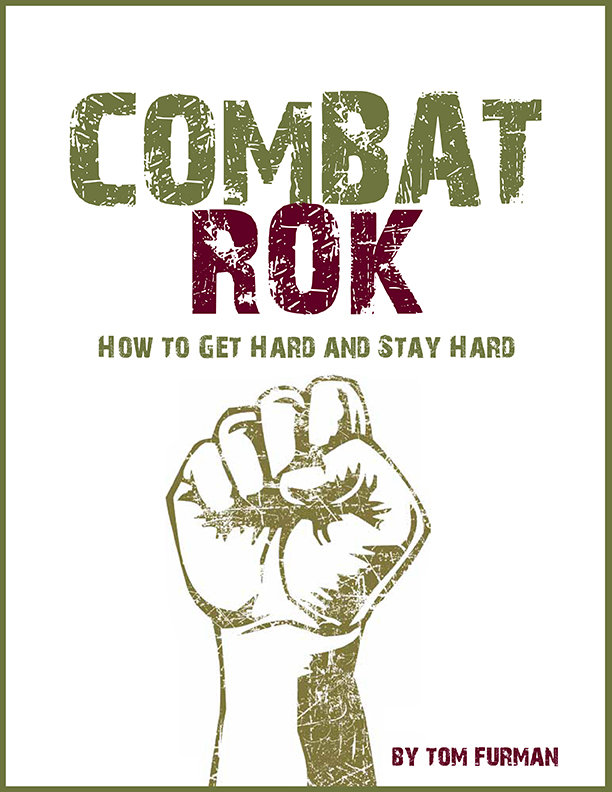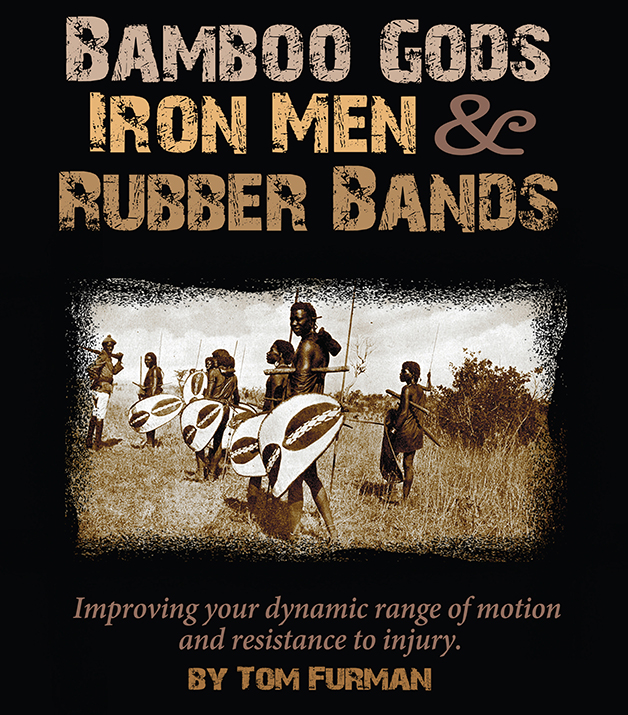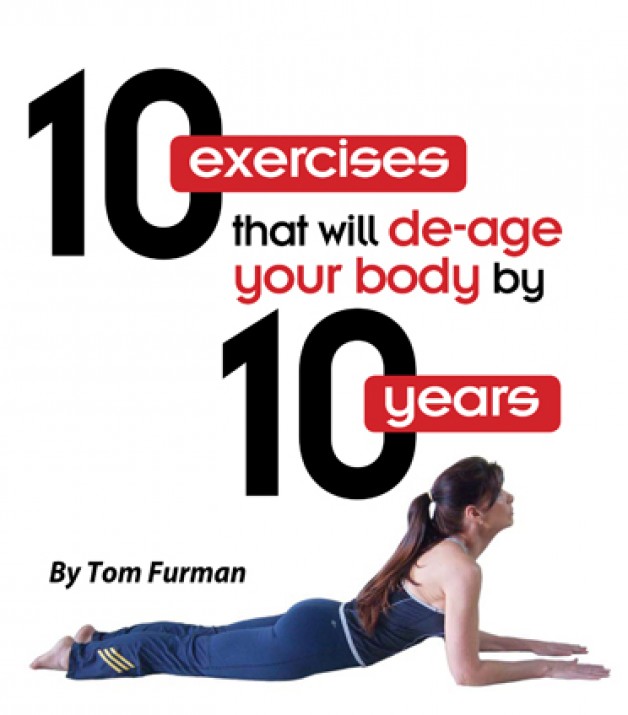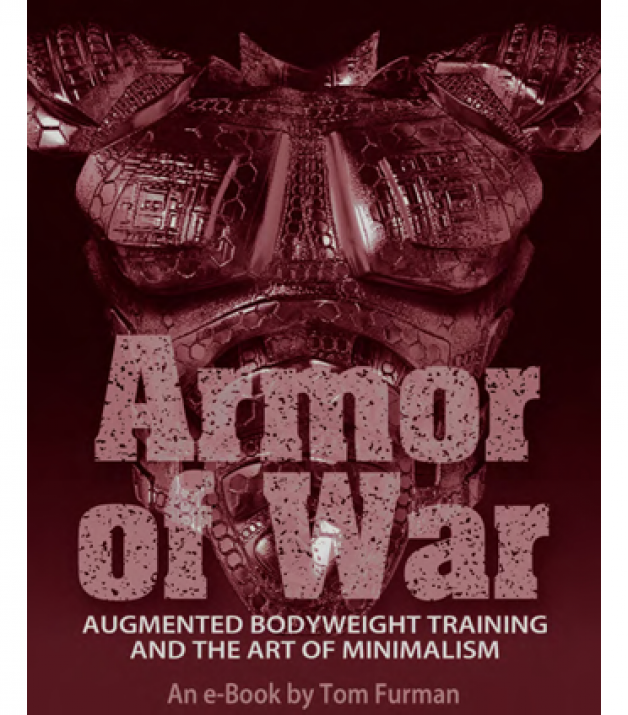The man who can trace his roots to early lessons with Tuhon Leo Gaje and Pendekar Eddie Jafri shows you how to deal with blade attacks. His twenty years of full contact “laboratory” sessions, including being sparring partner to legendary Dog Brother Eric Knauss, has formulated a cohesive system that has been tested.
1-754-366-8663
physicalstrategies@gmail.com











Every one has heard of the Dog Bros . But few have known of Dave . He is legit in every way and his guys go all out full contact almost every weekend. Dave can walk the walk . He is a scientist and brings that critical thinking with him to the gym and in full contact fighting. Army
I’ll stipulate that Dave is legit and probably can mix it up pretty good.
And that the knife defenses are kept simple to be able to show what is going on.
However:
Speaking as a so-so knife guy, what that vid demonstrates is really risky.
I don’t know who this was tested against, but those moves weren’t successfully done against somebody familiar with a blade.
Knife attacks by anybody who knows his weapon are unlikely to be a single, easily-blocked thrust or cut, with the attacker standing there waiting while the defender steps in.
Yeah, yeah, I know, this is just to demo the basics at a slow speed, but the mechanics shown are dangerous.
If a knifefighter gives you one like the attacker is doing in the vid, you can be sure it’s because he wants to draw that block. After that block he doesn’t have any control of that arm.
While the unarmed player is stepping in to deliver his hit, what you do you suppose the guy with the knife will be doing with the blade? Surely not just standing there frozen in place?
I’m old and slow, but I expect that even my hands are faster than his feet. The knife, still in my control, will be moving.
Steve,
I am a student of Dave’s and thought I would reply to a few of your comments. You bring up a couple points that would take several chapters to address. I will try and speak to a few of them here.
There are a couple of assumptions being asserted:
The first is he classic “what if” – What if the attacker does something different or additional? This assumption does not take into account that if the attacker does something different the defender would do something different. If the attacker performs attack A and B and the defender only counters A, of course the defender is toast.
The second assumption is that the counter was not setup for execution and that the counter had no effect.
I will only touch briefly on the first assumption since the “what ifs” can last forever. As one practices drills one has to be aware of the intent of the drill and how the techniques can be countered. Checkout the video at 1:38. This frame is during the pass of the low thrust. This is the point at which the attacker has drawn the defense and can change the attack. The attacker has a couple of options, but the immediate attackers are a low slash or high thrust/slash. Looking at the frame you will notice that the defender has the low line defended with the passing hand, and the high line defended with right (classic PT knife tapping position). If the second attack does not come, the counter is performed.
Also note that as the drills progress we do have counter to counter (to counter, etc) drills to practice multiple striking/attacks.
As for the second assumption… You think that the counters are being performed without control of the knife. While the hand/elbow/arm is not grabbed, there are things being done to create the openings to effectively counter the attack. Also if you notice where the attacker ends with the knife they have a limited number of angles to re-attack along. By minimizing where an attack can come from, it makes the attacker easier to defend.
Check out the sequence that starts at 1:28. After the pass, you should see the elbow check. This check does a couple of things; 1) defends you against the second strike and 2) clears the way for the counter.
Check out the sequence that starts at 1:33. After the pass you will see the knife hand checked and “controlled” during the counter. You should see during this sequence after contact is made with the knife hand it is maintained. If the attacker performs another move the defender uses this contact to be aware of the movement (this is where your sensitivity/flow drills come into play).
As for effectiveness of the counter, having someone knock your head off in the middle of an attack is a sure way to interrupt [if not end] the attack. You stated, “I don’t know who this was tested against, but those moves weren’t successfully done against somebody familiar with a blade.” I can tell you that I have seen a “pass-counter attack” used effectively numerous times in full contact fights involving skilled people. I can also say [learned the hard way] that being punched in the middle of an attack will slow you down.
I would be interested to see how you teach/demonstrate techniques and what your basic blocks/counters are. I am willing to bet the techniques you teach on day one are full of “what ifs.”